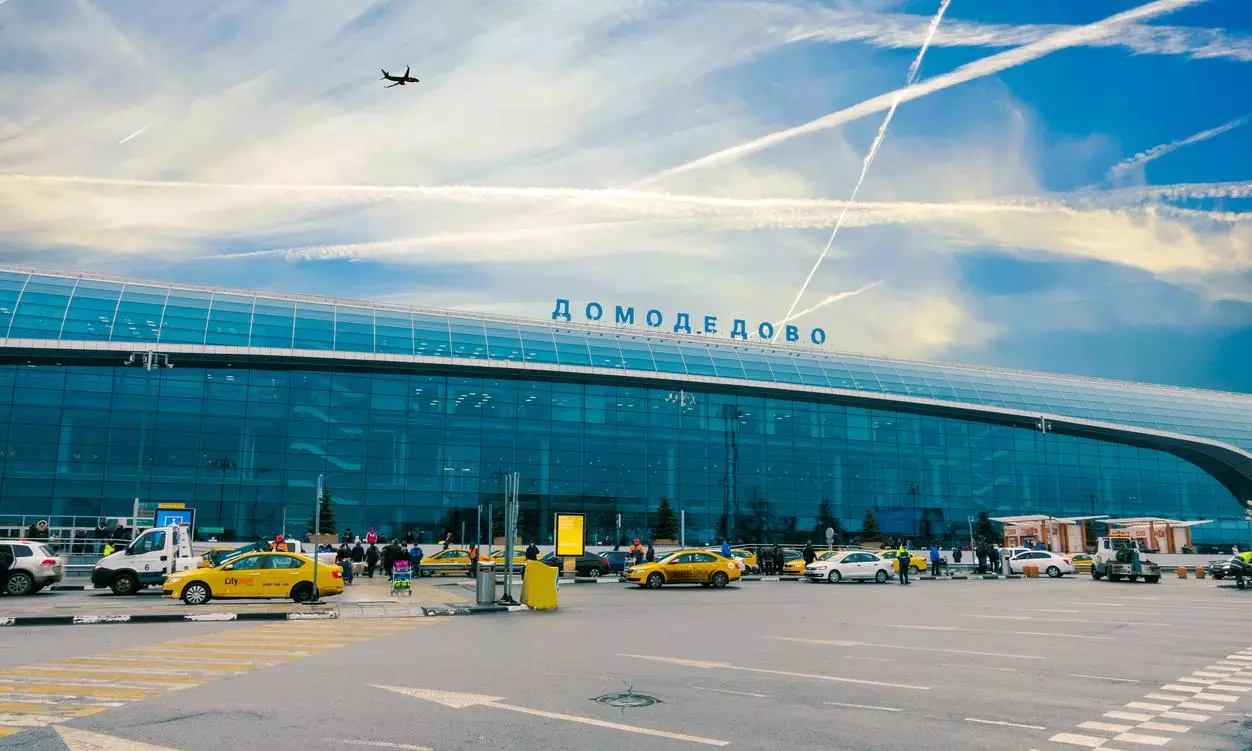
No likely takers as Russia invites Indian airlines to run domestic flights
Any airline considering it will have to navigate issues like regulatory hurdles, operational constraints and geopolitical risks; US sanctions are a big obstacle

The latest invitation to Indian airlines to operate domestic routes in Russia is fraught with complexities.
On the face of it, it is a great opportunity to tap into a vast market that could eventually become profitable for Indian domestic airlines. But any airline planning such a foray will have to navigate several risks, including regulatory hurdles, operational constraints and geopolitical risks, making this move more problematic than promising.
Sanctions and Russian lure
Western sanctions against Russia are a major hurdle for Indian carriers to accept any such invitation. If Indian airlines start flights in Russia, they will face a problem with international lessors and insurers, most of whom are governed by US and European regulations.
Also read | What IndiGo customers can expect: Higher fares, more global routes
Airbus and Boeing, the two commercial aircraft manufacturers, will not bat an eyelid before stopping the sale of existing or future orders. Airlines in India have placed orders for over 1,000 jets from these two companies.
Lessors will also oppose leasing aircraft to operate routes associated with Russia if they suspect a breach of protocols against sanctions, which would once again leave Indian airlines marooned.
Problems with insurance firms
Insurance companies are also likely to withdraw coverage for aircraft that may operate in Russia, further increasing operational risks. This leaves Indian carriers at a loss between circumventing sanctions and not wanting to be involved in a market in which regulatory compliance is ambiguous.
Also read | Whammy after whammy, how's Ajay Singh keeping SpiceJet afloat?
Indian airlines are themselves struggling to meet the rising demand for flights with the festival season around the corner, even without any complications arising from sanctions.
More than 150 aircraft are said to be grounded due to delays in the supply chain or needed maintenance works and are likely to increase to 200 aircraft in the next year by March 2024.
Fleet shortages in India
Airlines are now dealing with shortages in the fleet: for example, IndiGo has faced repeated issues with the supply of engines by Pratt & Whitney, which has led to grounding for a large part of the A320 Neo fleet.
The request to fly domestic routes in Russia could not have come at a worse time for the airlines in India.
While domestic demand in India continues to soar, airlines would do anything to grab more market share on short-haul routes where passenger growth is capitalised upon. There cannot seem to be anything worthwhile and practical in throwing in such scarce aircraft and manpower to serve such an uncertain market in Russia.
Geopolitical risks
Venturing into the Russian aviation market brings risks that go beyond operational challenges.
The threat of diplomatic fallout looms large. Western nations, especially the US, have closely scrutinised any cooperation with sanctioned Russian entities.
Also read | How a crowd-funded airline can be the key to transforming regional connectivity
India has earlier faced criticism for servicing Russian aircraft and was accused of not adhering to US sanctions. Further aviation ties with Russia could escalate such tensions, placing India in a difficult diplomatic position.
This move may strain India's relations with key Western allies and compromise strategic partnerships. In the volatile world of geopolitics, airlines must understand the market dynamics and balance India's international relations.
A safer bet
Indian airlines are unlikely to show much interest in Russia's proposal. The Indian aviation market has been booming and will become one of the biggest markets worldwide, with an expected 230 million seats in 2024. IndiGo and Air India are now vigorously servicing it.
However, some limitations in fleet, operating costs, and lack of manpower make them not very keen on expanding into international markets.
Also read | IndiGo's business class is bold gamble with promise of rich dividends
Besides, the domestic sectors are more profitable in tune with India's post-pandemic revival strategy, wherein economic growth largely depends on reviving internal markets.
Given that ATF prices remain 48 per cent higher than their pre-Covid levels and other operational costs are rising, Indian carriers prefer to concentrate on routes that provide maximum profitability and less vulnerability to geopolitical shocks.
Indian routes more profitable
While Russia's invitation may seem to present new horizons for Indian airlines, the truth is far more daunting. Regulatory hurdles posed by Western sanctions, internal fleet constraints and diplomatic fallouts make it risky to operate in Russia.
Indian airlines are already dealing with grounded aircraft, rising fuel costs, and staffing shortages — all of which do not give them much elbow room for such ventures into uncertain markets.
With all these complications, Indian airlines will likely reinforce their domestic operations instead of flying through the stormy skies over Russia.
Therefore, the way forward lies in addressing the fleet and operational problems which currently beset these airlines. This would allow them to capitalise on increasing demand inside India while staying out of the geopolitics outside it.
